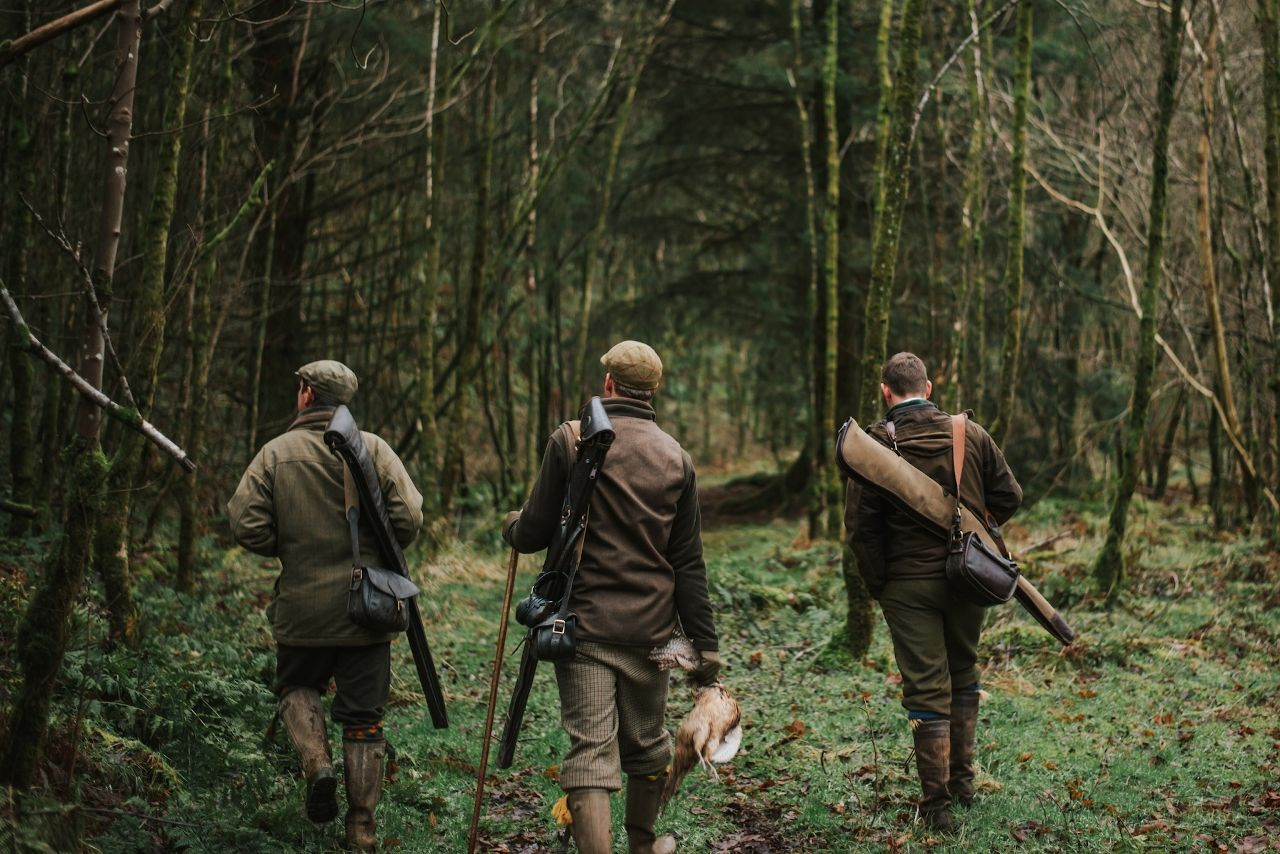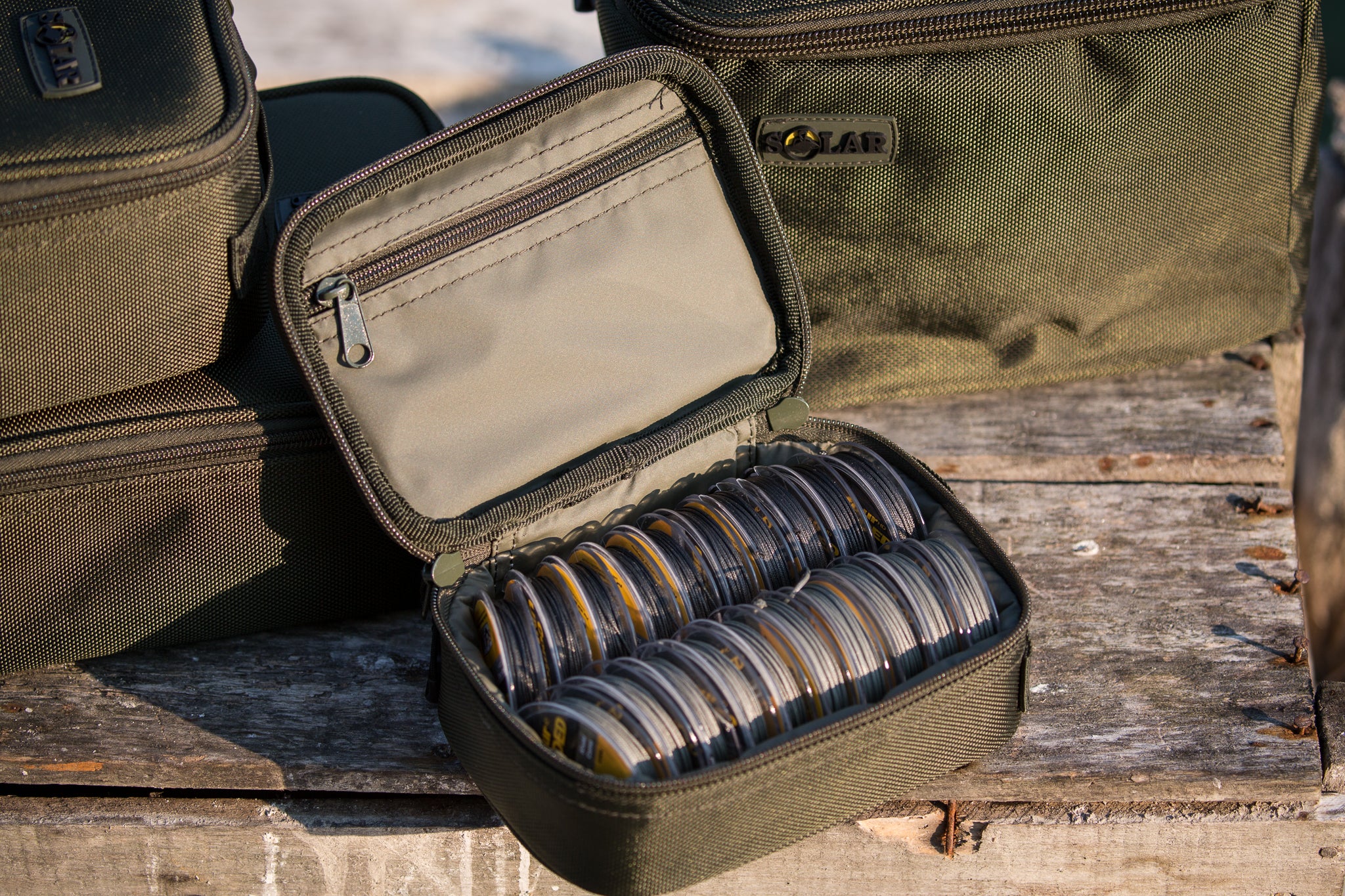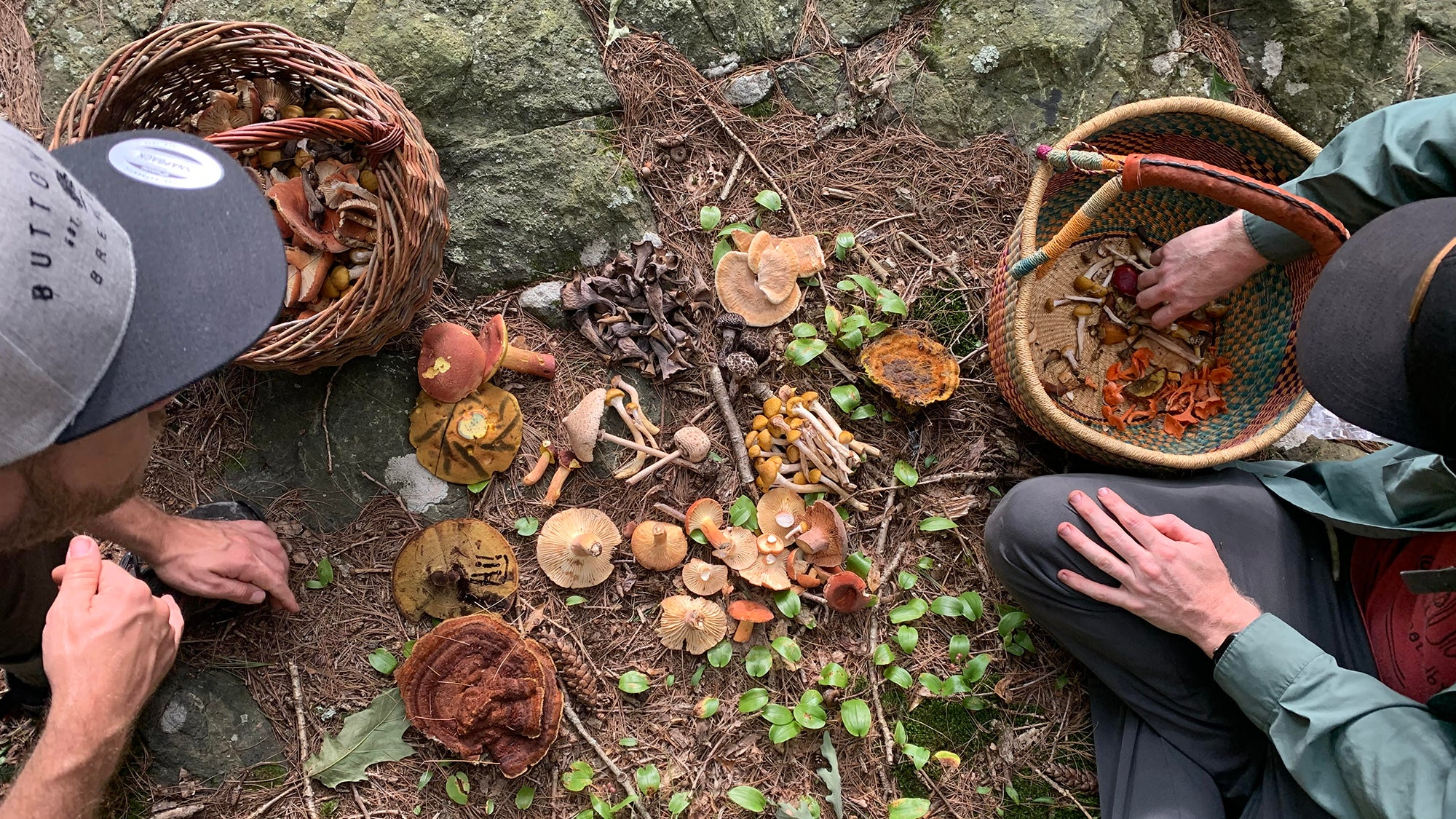Get ready for mushroom hunting season: essential preparation guide for foragers
Mushroom hunting is a rewarding activity for nature lovers and culinary enthusiasts alike. Each season brings the opportunity to discover a variety of wild mushrooms, from delicate chanterelles to earthy porcini. However, foraging requires more than just wandering into the woods—you need the right knowledge, gear, and preparation to have a safe and successful hunt. This guide will help you get ready for mushroom hunting season like a pro.
Get ready for mushroom hunting season: essential preparation guide for foragers
1. Understanding mushroom hunting seasons
Different mushrooms grow at different times of the year, depending on temperature, moisture levels, and habitat. Knowing when to hunt for specific varieties ensures you’ll have the best chance of finding what you seek.
Seasonal overview:
- Spring (March–May): Morels, oysters, and puffballs emerge during the warming spring months.
- Summer (June–August): Look for chanterelles, boletes, and russulas in shady forested areas.
- Autumn (September–November): Prime time for porcini, maitake, and hedgehog mushrooms as temperatures cool.
- Winter (December–February): Some hardy species like wood ear and velvet foot can still be found.
2. Essential gear for mushroom foraging
Having the right tools ensures that you can gather mushrooms safely and efficiently while minimizing environmental impact.
Foraging checklist:
- Basket or mesh bag: Use a breathable container to carry mushrooms, allowing spores to disperse as you walk.
- Knife: A small, sharp knife helps cut mushrooms at the base without damaging the mycelium.
- Brush: To clean dirt and debris off mushrooms before placing them in your basket.
- Field guide: A detailed mushroom identification book or an app for your region is essential to distinguish between edible and poisonous varieties.
- Notebook & pen: Record your finds, location, and conditions for future reference.
- Clothing & footwear: Wear weather-appropriate clothing and sturdy, waterproof boots for trekking through forests.
- Compass or GPS device: Essential for navigating unfamiliar terrain and ensuring you can find your way back.
- Gloves: Protect your hands when handling unknown mushrooms or thorny plants.

3. Identifying mushrooms: tips for safety
Accurate identification is crucial when foraging for wild mushrooms. Many edible mushrooms have toxic lookalikes, so taking the time to learn key characteristics can prevent serious health risks.
Tips for safe identification:
- Observe the environment: Different mushrooms grow in specific habitats. For example, morels thrive near decaying elm trees, while chanterelles prefer mossy forests.
- Check key features: Pay attention to cap shape, gills, stem texture, and spore print color.
- Avoid white-gilled mushrooms: Many poisonous species, such as the deadly Amanita, have white gills.
- When in doubt, leave it out: If you’re unsure about a mushroom’s identity, don’t risk consuming it.
Use reliable resources:
- Join local foraging groups where experienced hunters can help you learn.
- Participate in guided mushroom hunts to gain hands-on experience.
- Use apps like iNaturalist or Shroomify for quick identification, but always cross-reference with a trusted guide.
4. Respecting nature: foraging etiquette
Responsible foraging ensures the health of the ecosystem and maintains the mushroom population for future seasons.
Best practices:
- Harvest responsibly: Only take what you can use. Leave smaller or immature mushrooms to grow.
- Minimize disturbance: Stick to established trails and avoid trampling vegetation.
- Respect wildlife: Keep noise levels down and don’t disturb animal habitats.
- Leave no trace: Carry out all trash and leave the environment as you found it.
5. Storing and preparing your harvest
Once you’ve gathered your mushrooms, proper storage is key to maintaining freshness and flavor.
Storage tips:
- Short-term: Keep fresh mushrooms in a paper bag in the refrigerator for up to a week. Avoid plastic bags, as they trap moisture and promote spoilage.
- Long-term: Dry or freeze mushrooms for later use. Drying works well for morels and porcini, while freezing is ideal for chanterelles and boletes.
- Cleaning: Gently brush off dirt and debris with a soft brush. Avoid washing mushrooms with water unless necessary, as they can absorb moisture and become slimy.
Culinary ideas:
- Sauté: A classic preparation method that brings out the rich, earthy flavor of wild mushrooms.
- Soup or stew: Add dried or fresh mushrooms to enhance the depth of flavor in broths.
- Risotto: Incorporate porcini or chanterelles for a luxurious twist on this Italian classic.
- Pickling: Preserve mushrooms by pickling them in vinegar and spices for a tangy treat.
6. Staying safe: precautions for mushroom hunters
Even seasoned foragers need to be cautious when hunting for mushrooms. Follow these safety tips to avoid accidents and health risks.
General safety tips:
- Tell someone your plans: Let a friend or family member know where you’ll be and when you plan to return.
- Stay hydrated: Bring plenty of water, especially if you’ll be hiking for several hours.
- Beware of poisonous lookalikes: Always double-check mushroom species before consumption.
- Know the symptoms of poisoning: Nausea, vomiting, and dizziness are common early signs. Seek medical attention immediately if you suspect mushroom poisoning.
- Carry a first aid kit: Be prepared for minor injuries, such as cuts or insect bites.
Final thoughts
Mushroom hunting is a delightful blend of outdoor adventure and culinary exploration. With the right preparation, knowledge, and respect for nature, you can enjoy a safe and successful foraging experience. Whether you’re searching for prized morels in spring or savory chanterelles in summer, each season brings new treasures waiting to be discovered.
So, gear up, study your field guide, and get ready to embark on your next mushroom hunting adventure! Happy foraging!























